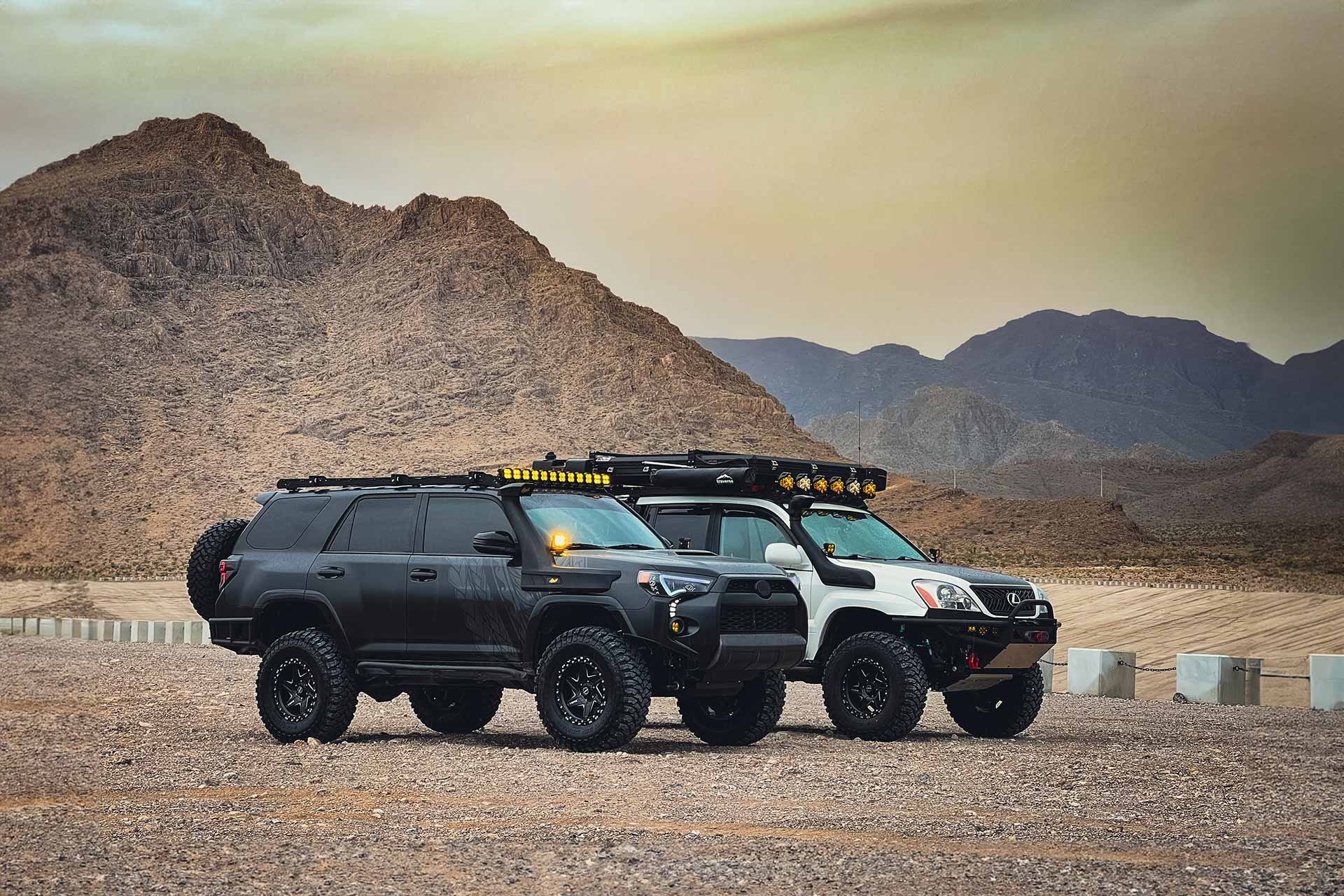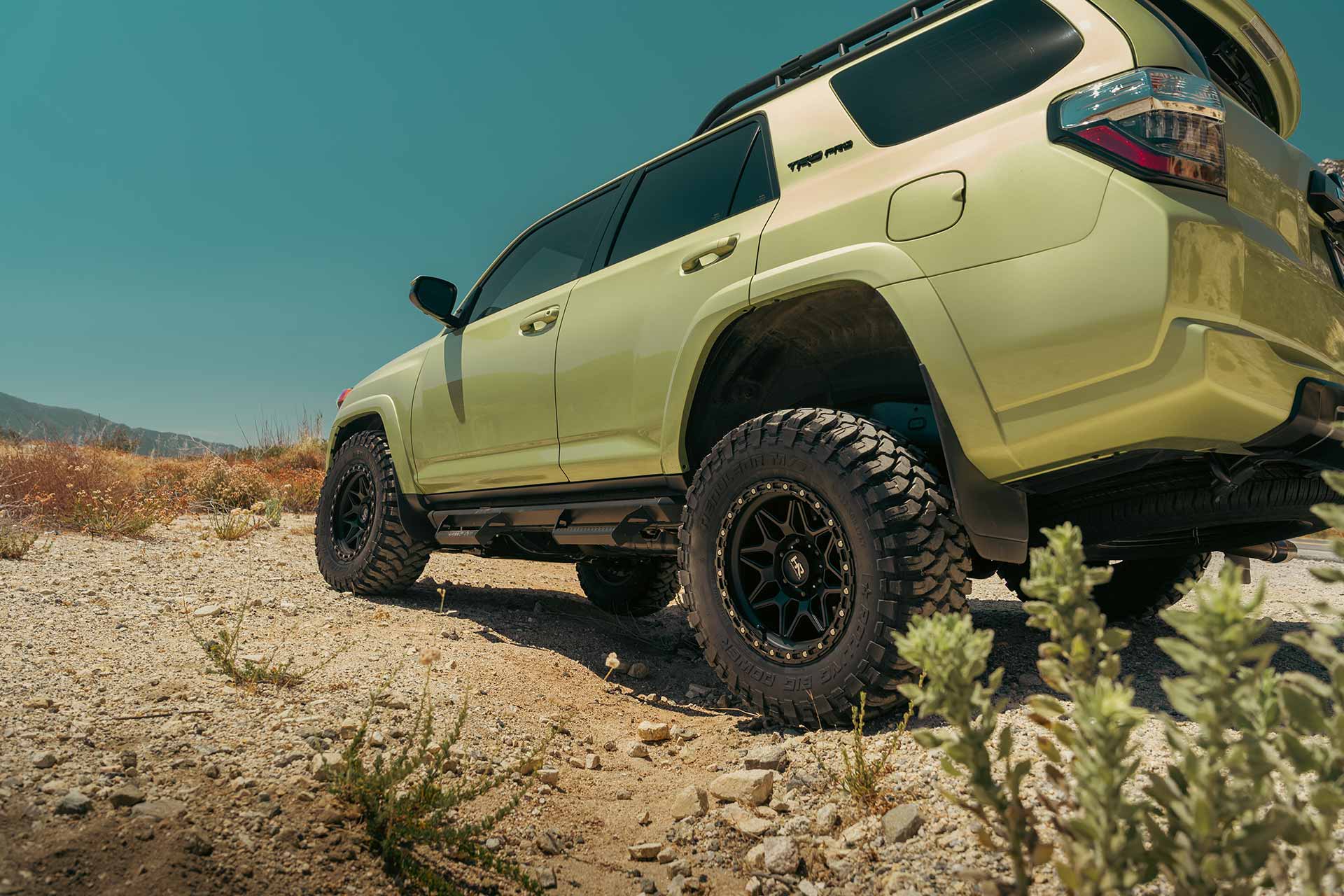Replacing tires is an essential task for any off-road vehicle owner. Whether you’re a seasoned off-roader or a beginner, understanding the process and knowing what to consider when replacing your off-road tires can greatly impact your vehicle’s performance and your overall off-road experience. In this article, we will explore the key factors to consider when replacing your off-road tires, including tire inspection and tire selection, to help you make a more informed decision and get the most out of your tires.
Off-road tires are designed to withstand the rigors of off-road driving, but they can still sustain damage over time. Proper inspection of your off-road tires is crucial for identifying any potential issues and ensuring optimal performance. Here are some common damages off-road tires can endure and how to inspect them properly:
Off-road tires are more prone to tread wear due to their aggressive tread patterns. Inspect the tread depth regularly using a tread depth gauge. If the tread depth is below the recommended level, it’s time to replace the tires.
Off-road tires can get cut or punctured by sharp rocks, branches, or other debris. Inspect the sidewalls and tread for any cuts or punctures. If you notice any, consider getting the tire repaired or replaced, depending on the severity of the damage.
Bulges and blisters on the sidewalls or tread of the tire indicate internal damage. These can be caused by impacts or manufacturing defects. If you notice any bulges or blisters, replace the tire immediately, as it can lead to a blowout.
Off-road tires may experience uneven wear due to improper alignment, suspension issues, or incorrect tire pressure. Inspect the tread for any signs of uneven wear, such as cupping or feathering. If you notice uneven wear, have your vehicle’s alignment and suspension checked, and adjust the tire pressure accordingly.
Off-road tires have reinforced sidewalls to withstand impacts. However, they can still get damaged in extreme off-road conditions. Inspect the sidewalls for any bulges, cuts, or other signs of damage. If you notice any, replace the tire to avoid a potential blowout.
In addition to inspecting the tires, it’s also important to check the wheel alignment. Improper alignment can cause uneven tire wear and affect your vehicle’s handling. If you notice any signs of misalignment, have your vehicle’s alignment checked and adjusted as necessary.

Choosing the correct off-road tires is crucial for optimizing your vehicle’s performance and ensuring a safe and enjoyable off-road experience. Here are some key factors to consider when selecting off-road tires:
Consider the type of terrain you will be driving on most frequently. For flatter, harder terrains, look for off-road tires with a less aggressive tread and a broad shoulder. For hilly/mountainous terrain or extreme off-road conditions, choose tires with a more aggressive tread pattern and an open-shoulder design for increased traction.
Understand the differences and benefits of All-Terrain (A/T), Rugged-Terrain (R/T) and Mud-Terrain (M/T) tires. A/T tires are suitable for a variety of off-road conditions, while M/T tires are designed for extreme off-road use. Additionally, R/T tires are “hybrid” tires that provide excellent performance on pavement and on the trails. Choose the tire type that best matches your intended off-road activities.
Selecting the right tire size is essential for proper fitment and performance. Identify the intended use of your vehicle and set targets for the overall tire size. Choose a tire that will fit your vehicle and safely carry the load it was designed for.
Consider the load rating of the tires to ensure they can handle the weight of your vehicle and any additional cargo or equipment you may be carrying. The load rating is typically indicated on the tire’s sidewall.
If you will be driving on rough or uneven terrain, consider keeping the wheel diameter smaller and the tire larger. This can provide better off-road performance and help protect your wheels from damage.
Similarly to wheel diameter, keeping the width of the wheels between 7″ and 9″ will provide much better performance off-road while still providing ride quality on pavement.

In conclusion, replacing your off-road tires is a crucial aspect of maintaining your vehicle’s performance and safety. By following the proper guidelines for tire inspection and selection, you can ensure that your off-road adventures are optimized for performance and enjoyment.
By following these tips and guidelines, you can make the process of replacing your off-road tires easier and more effective. Remember that your tires are the only point of contact between your vehicle and the road, so investing in high-quality, properly maintained tires is essential for your safety and the performance of your off-road adventures.
To learn more about tires, check out our in-depth off-road tire resources.